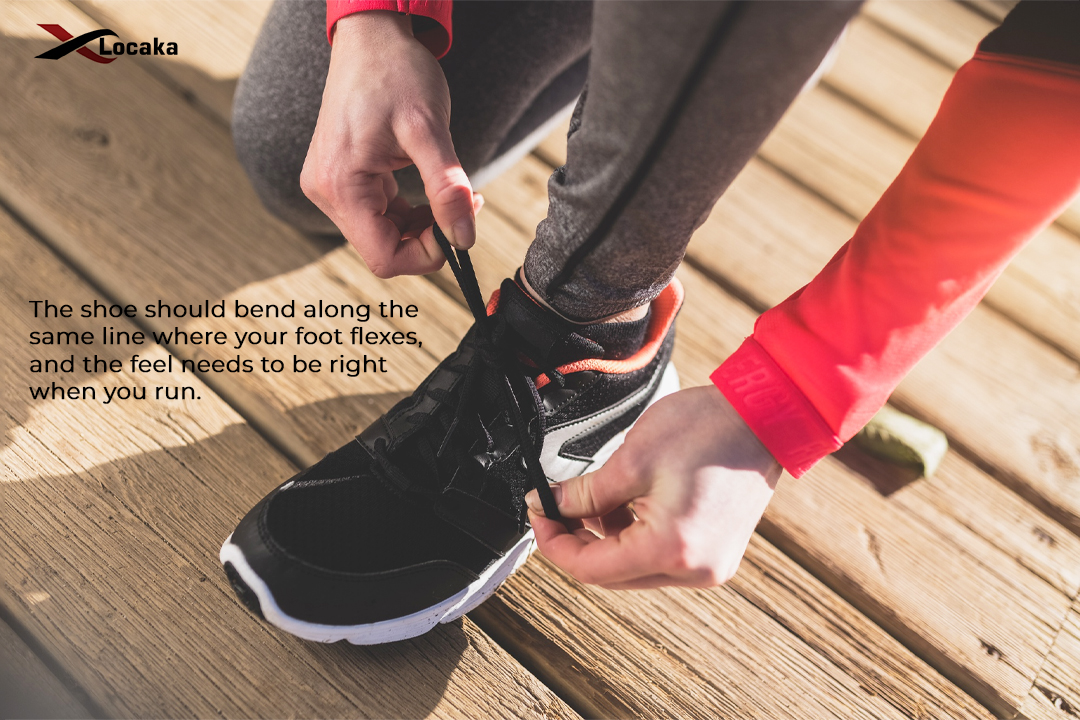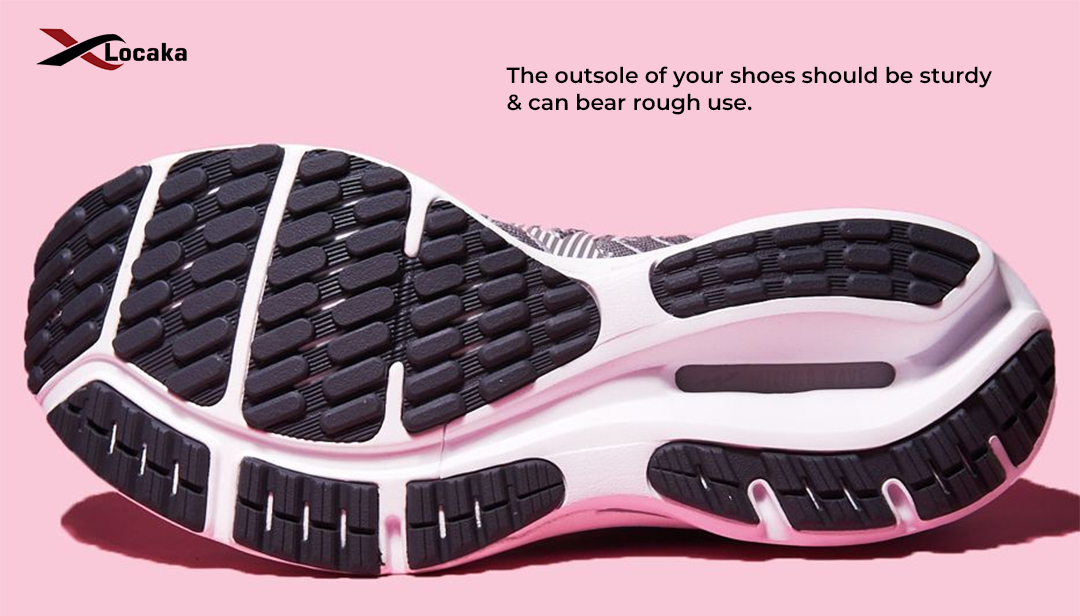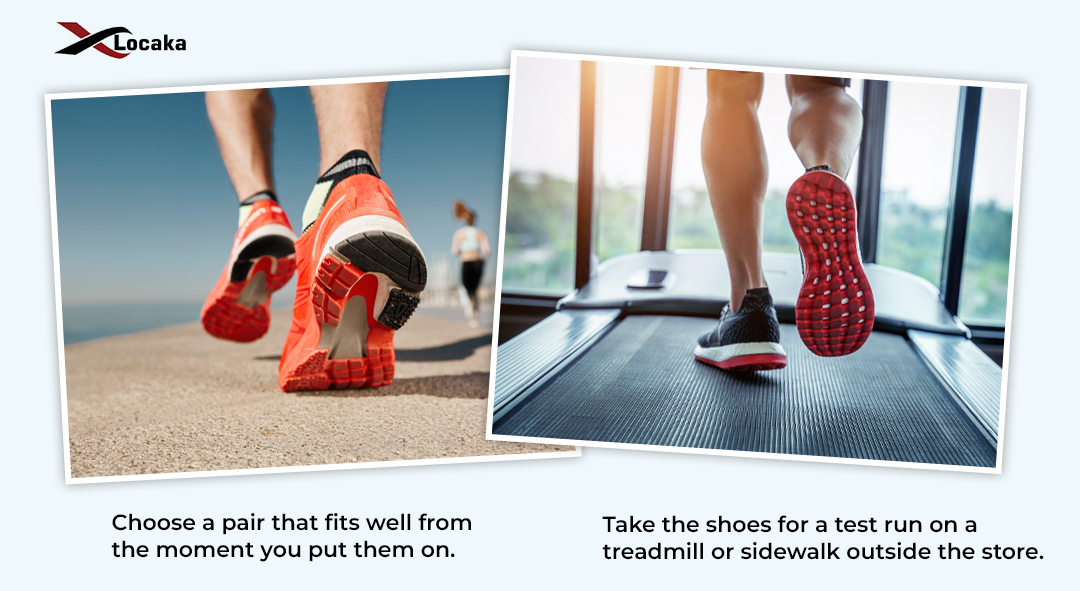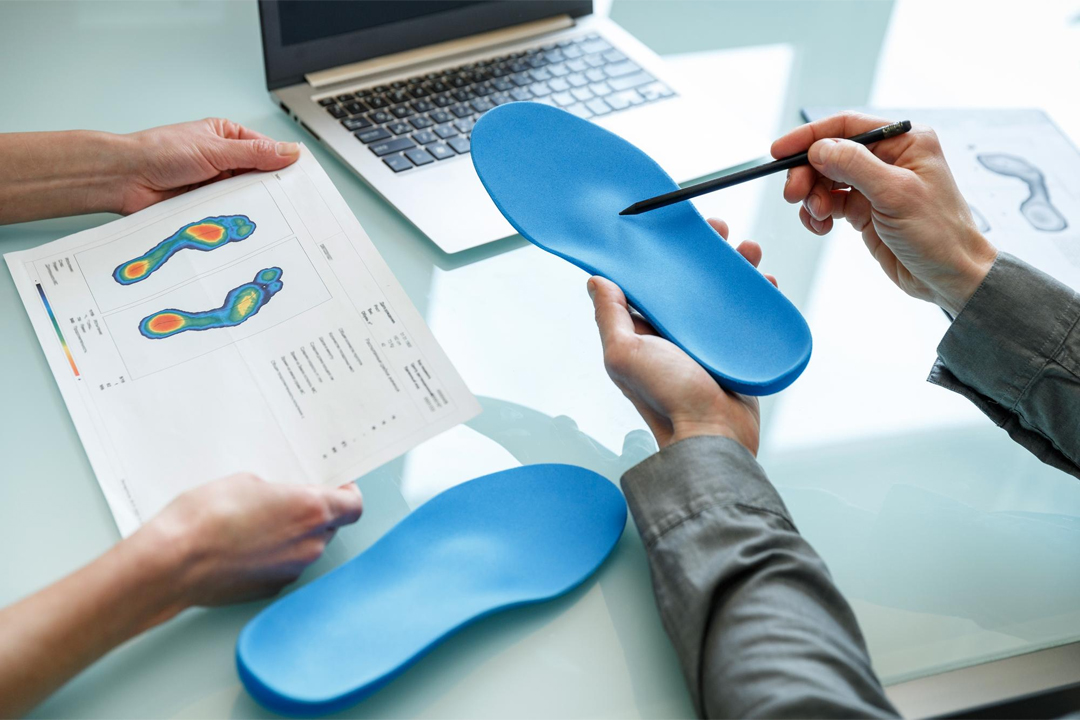9 Tips to Choose the Right Workout Shoes
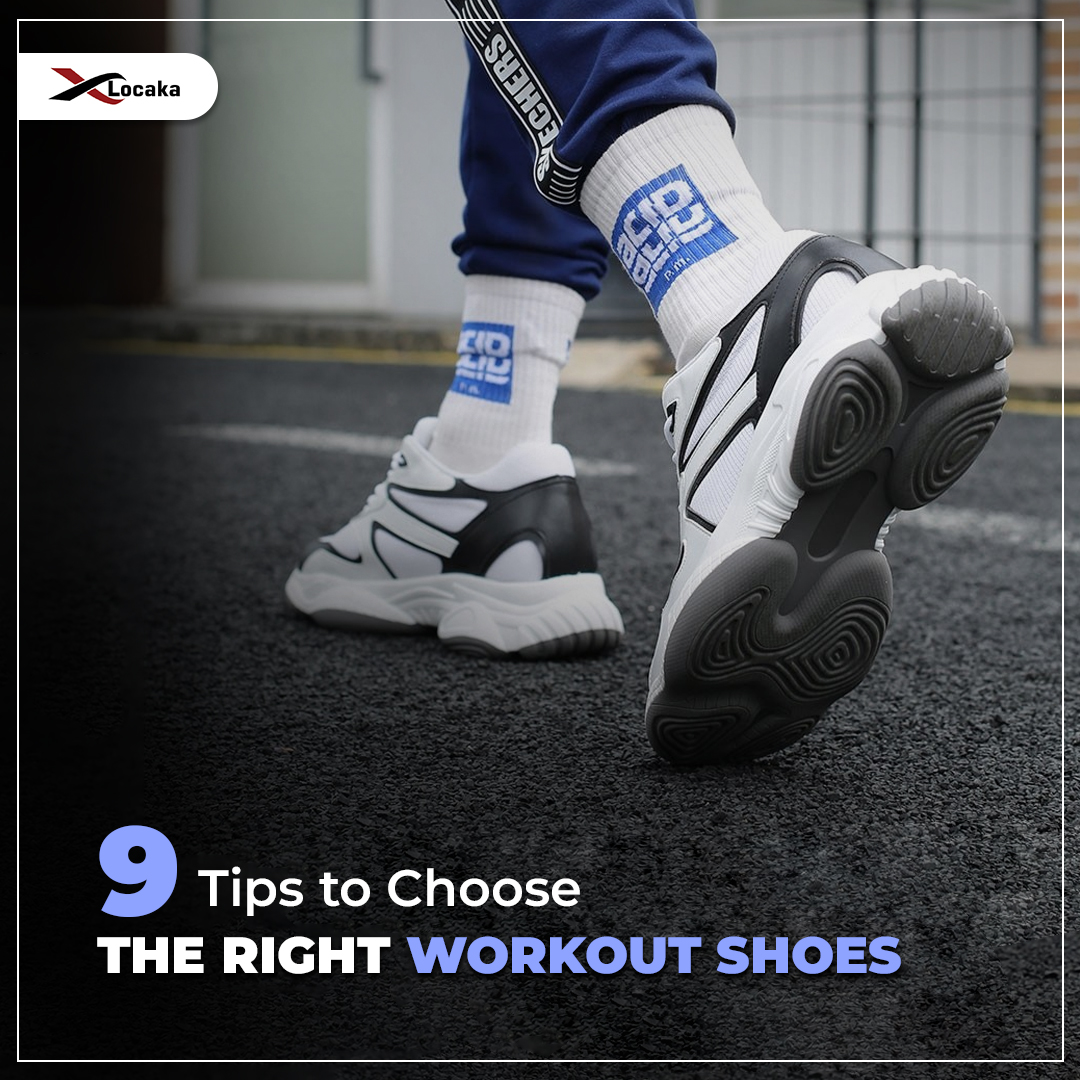
Exercise boosts confidence by helping you feel better. It benefits your mind and body, giving you the energy to feel your best. Remember to consider the importance of proper footwear when heading to the gym for the first time. Choosing the appropriate sports shoes for the gym is essential, just as you wouldn’t wear your finest dress shoes while doing yard work. What steps should you take to ensure you get the right workout shoes? All answers you’ll get in this shoe guide. Keep reading…
Things To Consider When Looking For The Perfect Workout Shoes,
1- Flex & Feel Of Your Shoes
According to Runner’s World (a globally circulated magazine for runners in Pennsylvania, US), when choosing an appropriate running elevator shoe, your heel should slide out when you’re wearing the shoe but not tied. Furthermore, avoid a lot of pressure along the foot instep (the arch between your toes & ankle).
The shoe should flex in the same direction as your foot flex, and the feel should be right when you jog. Try on the shoes while jogging down the store aisle. Your longest toe should fit between your thumb and the end of the shoe. Ensure your longest toe is at least one/2 to one inch (about a thumb’s width) from the shoe’s end for the correct length. The width should allow your foot to slide from side to side in the shoe’s forefoot without crossing the insole’s edge.
2- Shoe Ankle Collar
An ankle collar is a wrap at the top of your shoe’s opening that keeps your heel in place. Some men’s elevator shoes have really thick padding, and some use the shape of your ankle bone to hold it in place.
If your heel slips, see how the padding matches up with the bones on either side of your ankle and if the curve on your back makes it hard on your Achilles tendon.
3- Comfortable Heel Counter
The heel counter is a semi-rigid cup layered inside the foot that cradles & supports your heel. Some men’s & women’s elevator shoes have an external heel wrap that provides a similar function, while more minimalist shoes have eliminated the heel counter to allow complete movement freedom.
Research has shown that heel counters don’t provide motion control, but they do center the heel for stable foot landings and support. (Both neutral shoes and stability shoes utilize heel counters.) Look for a shoes that allows a comfortable ankle motion.
4- Outsole Of Your Shoes
The running shoe’s outsole is where the rubber meets the road. It is often made of various rubber or foam compounds placed strategically to enhance bounce or flexibility. Materials that provide traction & durability without adding excess stiffness and gives you the desired stability underfoot.
Must Read Blog: Athletic Shoes for Short Men: How to Pick the Best One
5- Try On Different Shoes
Try on several brands and different types of running casual shoes for men but make sure they are with a proper fitting & right shoe size. Select shoes that consider your foot alignment, running surface, planned mileage, and other variables contributing to which shoes you should wear.
According to Nelya Lobkova, DPM, a gait analysis determine which of the 3 categories of running shoes you should consider:
- Neutral
- Stability
- MotionControl
This helps ensure you’ve running shoes that’ll provide adequate support. Once you’ve narrowed your shoe search based on these three criteria, take some time to do a trial jog or run in that shoes. This will help you identify whether you like the heel drop (the level of cushioning under your heel versus under your toes). Must wear the socks you decide on running in, and bring any inserts — if you use them. Most shoe stores will allow you to test the shoes around the store.
Recommended Blog For You: Elevator Shoe Sizes | How to Find The Right Elevator Shoe Size: Foot Size Guide Chart
6- Accommodate Your Arch
As the Mayo Clinic points out, you should know your arch type and proper foot width and length. Are you low-arched, high-arched, or neutral-arched? If you’re not sure, dip your foot in water & step on a piece of cardboard, then examine your footprint.
You probably have low arches if you can see most of your footprint. You likely have high arches if you see very little of your footprint.” Your height increasing shoes should support your arch.
7- Rotate Your Shoes
Interchanging between different pairs of running or gym shoes can reduce the risk of injury by 39%, according to a Scandinavian Journal of Medicine and Science in Sports study. Researchers suspect this is due to how different shoes vary and how the impact force is distributed on your feet. Since running is repetitive, switching your gym shoes to change which foot parts bear the brunt of the impact is good. Just ensure that both pairs of running shoes are perfect for your feet. Moreover, you must maintain the shoes so that comfort goes for the long term.
Recommended Blog For You: How to Clean & Maintain Your Elevator Shoes: Care and Maintenance Tips
8- Take a Test Run
If you’re going to the store to try running or gym shoes, be sure to wear the same sweat-wicking socks you’ll wear for your gym workout since the socks you wear will impact the shoe’s fit. You should also shop in the evening since your feet swell as the day wears on. Head to the store after your work day (when your feet will likely be at their most significant) to try on several pairs.
But always take the shoes for a test run on a treadmill or sidewalk outside the store. You’ll better understand how comfortably the shoes fit if you take them for jogging. You should choose a pair that fits well from the moment you put them on. Don’t expect your workout shoes to break in or stretch and become more comfortable.
9- Try a New Insole
The sock liner, also known as the insole, is a removable foam pad inside the shoe that supports the contours of your foot’s bottom. Along with the geometry of the shoe, the liner provides most of what is known as ‘arch support’ and provides the initial comfort of the shoe.
It’s important to pay attention to how your shoe feels when you’re out running, where softer isn’t always better, and your foot’s dynamic response to support and cushioning. If you wear an orthotic, ensure it fits inside your shoe comfortably.
— Key Takeaways
There are many factors to consider when finding the right training shoes. The right pair of training elevator shoes will help you perform your best and ensure your investment lasts. Following the above points, you can select the right gym or training shoes to comfort you.
You can also consult a specialist, such as a running shoe specialist, podiatrist, or physical therapist, who can help you find the right fit for the shoes you wear for running or other exercise. They can fit your foot and suggest a few different shoes for you. Make sure to choose the right shoe brand, like Locaka, which only focuses on providing comfortable shoes for any activity. Try the new collection of training sneakers now.

